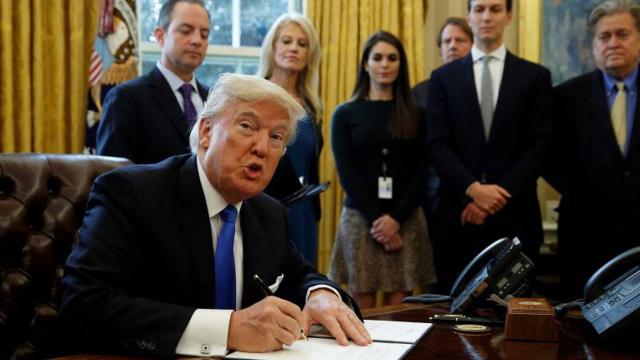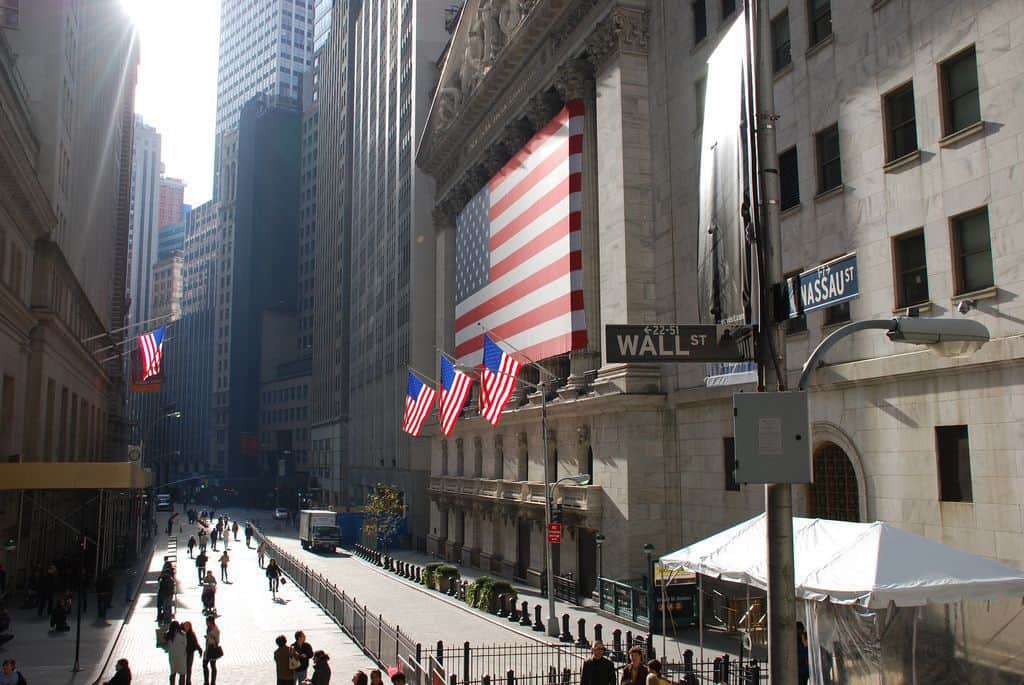
This column warned last year about the dangerous loosening of financial regulations being proposed by Trump officials. Last week, two key federal agencies followed through, finalizing rule changes that will make it easier for big banks to put the economy at risk of another costly crisis.
On Aug. 20, the Federal Deposit Insurance Corp. (FDIC) and the Office of the Comptroller of the Currency approved regulatory revisions that essentially weaken the Volcker Rule, passed as part of the post-crisis Dodd-Frank reforms to prevent banks from making risky bets with federally insured deposits. The rule is under review by three other federal agencies, and would take effect Jan. 1 if all approve.
Among its several measures, “Volcker 2.0” reduces the range of financial instruments subject to the rule and gives banks greater freedom to police themselves when it comes to compliance. A proposal now being considered could also give banks greater leeway to invest in risky hedge and private-equity funds.
This is how financial crises begin – with subtle, incremental regulatory changes that few notice when they occur but which can have calamitous consequences when taken to their logical extreme, namely a largely or completely unregulated financial industry.
We don’t need to speculate about this. The crisis of 2008 – the worst in 80 years – was the result of regulatory and statutory changes that occurred over many years, starting in the 1970s, and comprised a series of small steps that few people noticed at the time or associated with financial disaster.
That’s not surprising. Most people have more pressing things to worry about than what appear to be arcane regulatory tweaks. It’s only when cumulative tweaks produce disaster that people notice, and even then they don’t equate deregulation with the loss of jobs, homes and healthcare – not to mention gargantuan taxpayer bailouts – that result.
Supporters of the Volcker Rule revisions – generally Republicans appointed by Donald Trump – say they merely clarified a rule that had grown unwieldy and was threatening to impede the ability of banks to service a growing economy. That’s the usual self-serving rationale for financial deregulation, and even if it’s true it doesn’t answer the larger question: Is a more efficient, more profitable banking industry worth the increased systemic risk it poses?
There was an ominous note after last Tuesday’s FDIC vote from Martin J. Gruenberg, the agency’s sole Democrat-appointed board member and the only dissenting vote on the four-member panel. By excluding certain financial instruments from the rule, he wrote, the FDIC “opens up vast new opportunity – hundreds of billions of dollars of financial instruments – at both the bank and bank holding company level, for speculative proprietary trading funded by the public safety net.”
With the revisions in place, he added, Volcker “will no longer impose a meaningful constraint on speculative proprietary trading” by systemically important banks.
No one would risk an increase in fatal car accidents for whatever efficiencies might be gained by dismantling traffic regulations, yet that is the essential logic of Trump-era regulators, who are taking down the traffic signs and, once everyone has forgotten, will move on to the stoplights.
The powerful lobbies that keep their thumbs on the policy-making scales have every advantage over the unfocused, uninformed mob that will pay the cost of the next crash, as they always do. And unless Congress turns a darker shade of blue next year, a Trump re-election would almost assure greater financial deregulation.
If so, a financial crisis in, say, the next 10 years is more or less certain. It will, as always, upend millions of lives and costs taxpayers billions of dollars. They’ll have a right to be angry, but they shouldn’t be surprised.
















